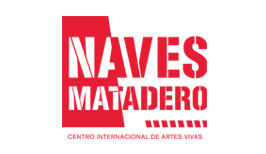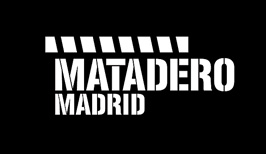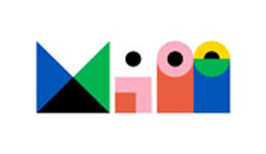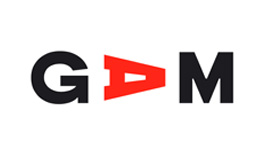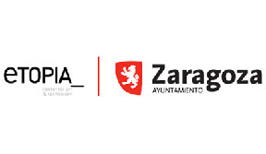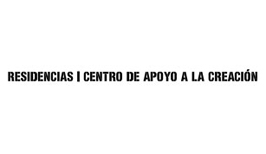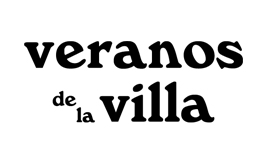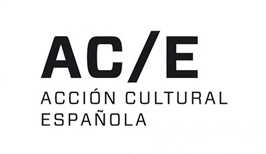Terreno Común
Latin America & Europe: an artistic dialog
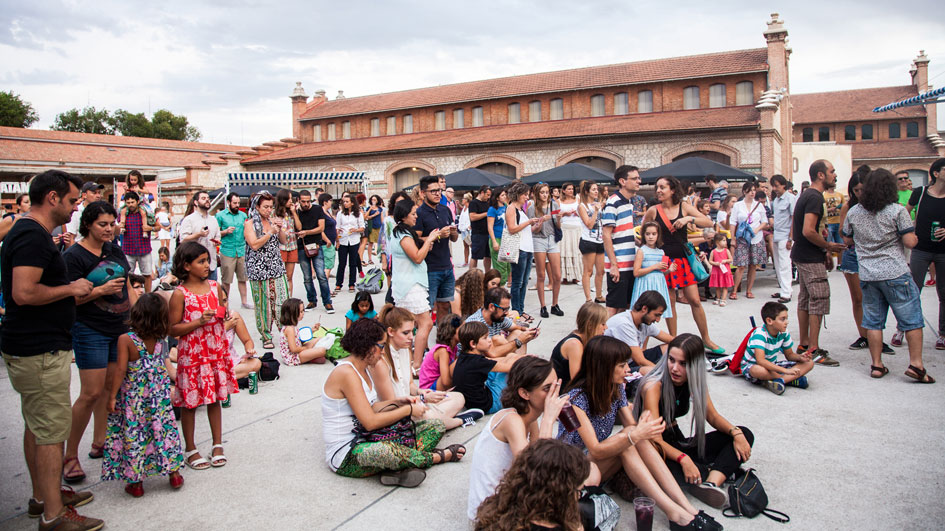
Terreno Común | Common Ground provides artists from Latin American and Europe with a shared workspace where contrasting perspectives and approaches can converge, and new ideas can emerge. Given the many ways cultures can intertwine, the project focuses on finding “Common Ground”.
Projekt
Artistic research in cross-border exchange between cultures
If the unique thing about art is that it allows us to discover what we do not know and do not understand, this requires – especially in the exchange between cultures – opportunities for interaction. For the arts offer a field of experimentation where different patterns of perception, discourses and social structures meet and new knowledge can be developed. On the initiative of the Siemens Stiftung, a professional workspace for artistic research and development on both continents was therefore created in 2017 in collaboration with Naves Matadero – Centro Internacional de Artes Vivas Madrid and other partners. It includes artists, residencies, urban interventions and interactions with local artists. These encounters result in a series of collaborative projects, each developed jointly by artists from Latin America and Europe.
Collaborations between Latin American and Spanish artists
Since the founding of the first professional workspace in Madrid in July 2017, artists from Argentina, Chile, Cuba, Colombia, Peru and Uruguay, among others, have been working together with Spanish artists on further collaborative projects.
Current collaborations
The Escuela del Sur project has created a shared workspace in exchange with Latin American artists to support the local artistic community in Cádiz, in the hope of transforming the context while also allowing itself to be transformed by the context. The project started during the Festival Iberoamericano de Teatro de Cádiz 2023. By the time the next festival edition took place in 2024, a continuous experimental learning space for artistic creation had been created with two different groups. In the “Grupo Petróleo”, young people from the IES Jorge Juan de San Fernando worked together. The “Grupo Salvaora” brought together local artists who put their work into exploring other formats. Both groups met in different modules and also encountered each other.
At the conclusion of this first pilot project of the Escuela del Sur – based on a concept by Rosa Romero and Alberto Cortés – young people and emerging artists from Cádiz and the region provided insights into the project. They opened up the work processes to be seen, to be heard and also to listen, so that Cádiz can be a place where artistic creation, reflection and mutual learning interweave and a creative network and community can emerge. In a region with few experimental spaces for theater, the project is an impulse for mutual learning in dealing with individual and social challenges.
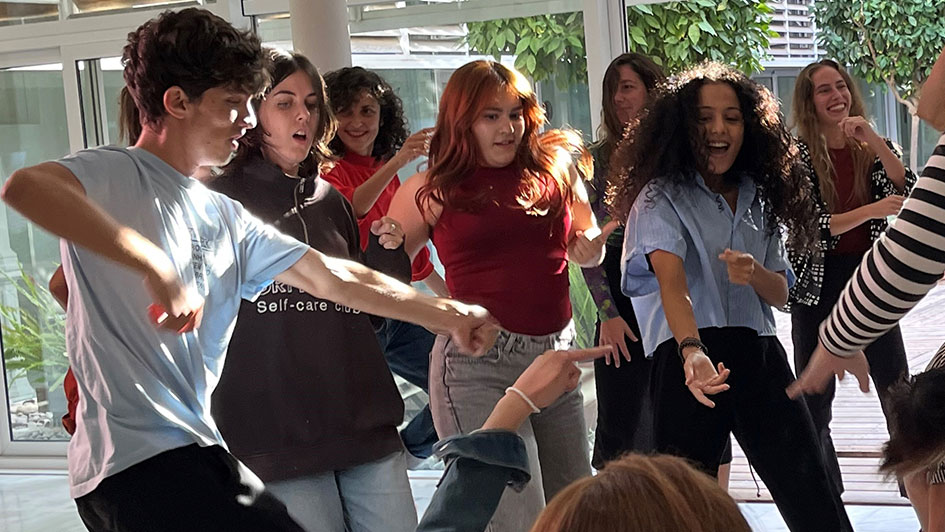
Overview of previous works
Vienna-based choreographer Amanda Piña has been working with her collective nadaproductions in various locations in Santiago de Chile on a series of projects entitled “La Escuela de las Montañas y del Agua” (School of Mountains and Water). With participants from Mexico, Chile and Europe, she was researching the history of drinking water in Santiago de Chile and the course of the Mapocho and Maipo rivers, whose sources lie in the nearby Andes. The project was embedded in a long-term study of the current loss of cultural and biological diversity on our planet. The potential interaction between art, indigenous knowledge, activism and scientific research in the context of the current climate crisis was the focus of the project.
The program started with an exhibition on the grounds of the Museo Interactivo Mirador in Santiago de Chile on December 2, 2022, and subsequently included a series of talks, performative parcours into the surrounding mountains and to water points in the city, workshops, and finally a stage production entitled “Danzas Climaticas” (Climate Dances) with Chilean performers at GAM – Centro Cultural Gabriela Mistral in March 2022.
Mapa Teatro’s project “El Arcano de la Quina” focuses on the scientific controversy surrounding the discovery of the quinine and looks at its biopolitical context. “The clearest example of how scientific knowledge, colonial power and the discourse of purity of blood were closely linked in New Granada is the famous dispute between doctors José Celestino Mutis and Sebastián López Ruiz over the paternity of the discovery of quinine”, explains philosopher Santiago Castro. The project will initially explore archives in Madrid and Bogotá. The results of the research will be presented in Naves de Matadero in March 2020.
Since October 2019, the Spanish architect and artist Santiago Cirugeda and his collective Recetas Urbanas together with a team of Cuban institutions and experts in history, architecture and art have been working on a new project in the Terreno Común series that aims to revive community spirit in a legendary place: the birthplace of Cuban poet Dulce María Loynaz in Havana, Cuba, threatened by decay. The project involves the neighbourhood in the transformation of the vulnerable architectural and social space of high cultural value. The resulting collective work can be seen from 7 to 9 February 2020.
Chilean director and actor Maria Siebald explored the process of translation. In her initial research phase in June and July 2018, she worked in Madrid with deaf communities on sign language interpretations of contemporary Spanish poems. In the production phase that followed from January to April 2019, she came up with her production “Trasunto #2,” which was performed for the first time from 5-7 April 2019 in Naves. The film “30 ADH / Artículos de los derechos humano” was created at the same time. In 30 short pieces, the film translates each article of the 1948 Universal Declaration of Human Rights into sign language, transforming the document into choreography. The installation was on display in Madrid from 5-21 April 2019.
Spanish choreographer Maria Jerez created a room of shared knowledge with her production “The Stain,” where objects of differing natures coexist and draw our attention. The piece was performed from 29-31 March 2019 in Madrid. During the production process, she invited a carpenter, a musician, a painter, and a baker to bring objects that seemed out of place when put together.
“When we characterize others, to what extent are we characterizing ourselves?” Julián Mayorga, a musician living in Spain, and Andrés Gualdrón, a Colombian artist, asked themselves this question in their work at Centro Etopia de Zaragoza, Naves Matadero and later in Colombia. The narrative of their collaborative project “Islas Atlánticas” centers on the creation of a new archipelago in the Atlantic Ocean. In this parallel world between the continents, the artists explore questions of migration, settlement, and cultural interconnectedness. The result was a book, a CD of the production, and a concert, which premiered from 15-16 February 2019 at Matadero in Madrid.
In Madrid’s Matadero, Cuban author and theatermaker Laura Liz Gil Echenique worked together with the Spanish collective Los Bárbaros. The collaborative project is based on the story of Madrid’s Cerro Belmonte district from 1990. The residents, unhappy with the political situation, declared their district’s independence from Spain and applied for asylum in Cuba. In August 2018, the artists continued working on the piece in Cuba. The premiere was on 30 November 2018 at Naves de Matadero in Madrid.
How do we want to live with each other? From 11-22 July 2018, members of the interdisciplinary Chilean collective Mil M2 joined the Spanish artist Javier Cruz in exploring social life in eight districts in Madrid. Their intervention, “Proyecto Pregunta,” established a public space for reflection on current events and personal thoughts while creating opportunities for dialog. The project was implemented in cooperation with Veranos de la Villa.
“Colectivo Traficantes” was the first in a series of collaborative projects, running from 25 June to 24 July 2017. The group of artists (Mercedes Halfon/Argentina, Adriana Bermúdez Fernándes/Colombia, Diego Alejandro Garzón/Colombia, Laura Liz Gil Echenique/Cuba, Jorge Tadeo Baldeón/Peru, Leonor Courtoisie/Uruguay) first came together during Experimenta Sur 2016 in Bogotá. As a multi-disciplinary collective, the group created art using communication tools such as Skype, handwritten letters, or by mailing objects. Every day, countless objects move in some way around the globe – as traded goods, on computer screens, or among the personal belongings of migrants. By following the movement of these objects, there is a lot to learn about the adaptability of societies. As part of a research project, the collective examined the complex ties between personal and political realities and developed a series of actions called “Correspondencia,” a series of activities in which the group gave new meaning to trade and communication. The results were on display in a public project space featuring an exhibit, discussion, and performative elements from 18-21 July 2017 in the Matadero cultural center. After that, the project continued as a work-in-progress in Buenos Aires.
Contact
Would you like to work with us? Do you have question
Projektleitung Terreno Común
Joachim Gerstmeier
joachim.gerstmeier@siemens-stiftung.org



